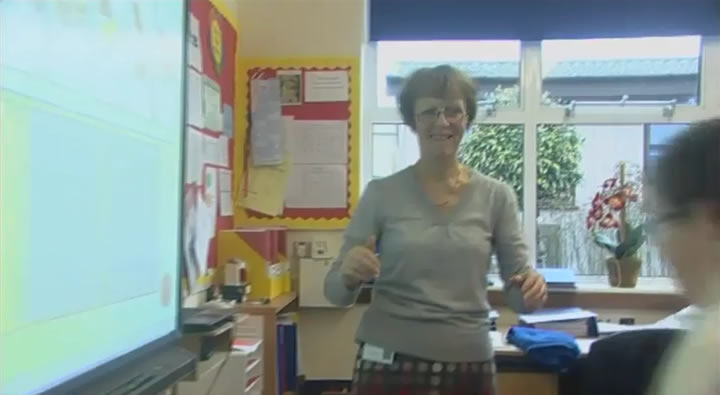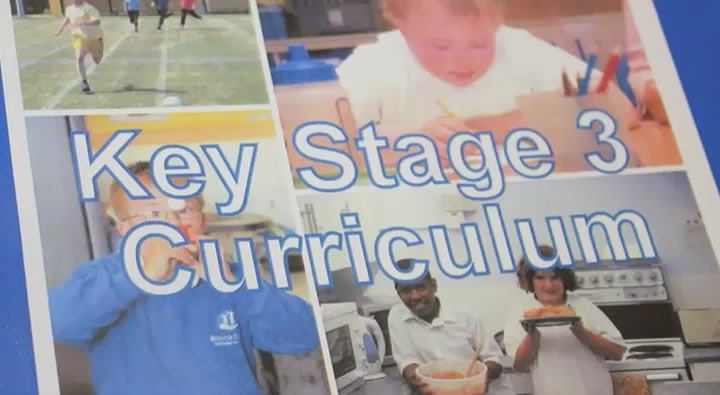Watch the video of an English lesson in a special school and have a look at the lesson plan.

Classrooms and learning areas in special schools have many similarities with mainstream classrooms, but there are also important differences. Some of these differences are physical, such as furniture, environment and size of class. Others are less obvious, but critical to the delivery of high quality education.
Listen to the staff in a special school discussing how the curriculum at KS3 was revised.

Have a look at the written rationale for the KS3 curriculum in the special school and a curriculum example.
Compare the curriculum in the special school with your experience of the curriculum in mainstream schools. Make a note of any similarities and differences you notice.
Some suggestions
Curriculum Planning in a special school must take account of the pupils developmental levels as well as their chronological age. You will see that this KS3 rationale is:
- based on the learning needs of the pupils first and foremost.
- takes account of the individual learning styles of pupils due to their disability; pupils with ASD need to generalise knowledge in more than one lesson therefore a cross-curricula approach is adopted.
- provides flexibility of organisational planning to allow for special initiatives such as the introduction of daily physical activity and teaching of discrete social skills lessons.
- takes account of the National Curriculum but adapts to pupils with SEND.
Return

